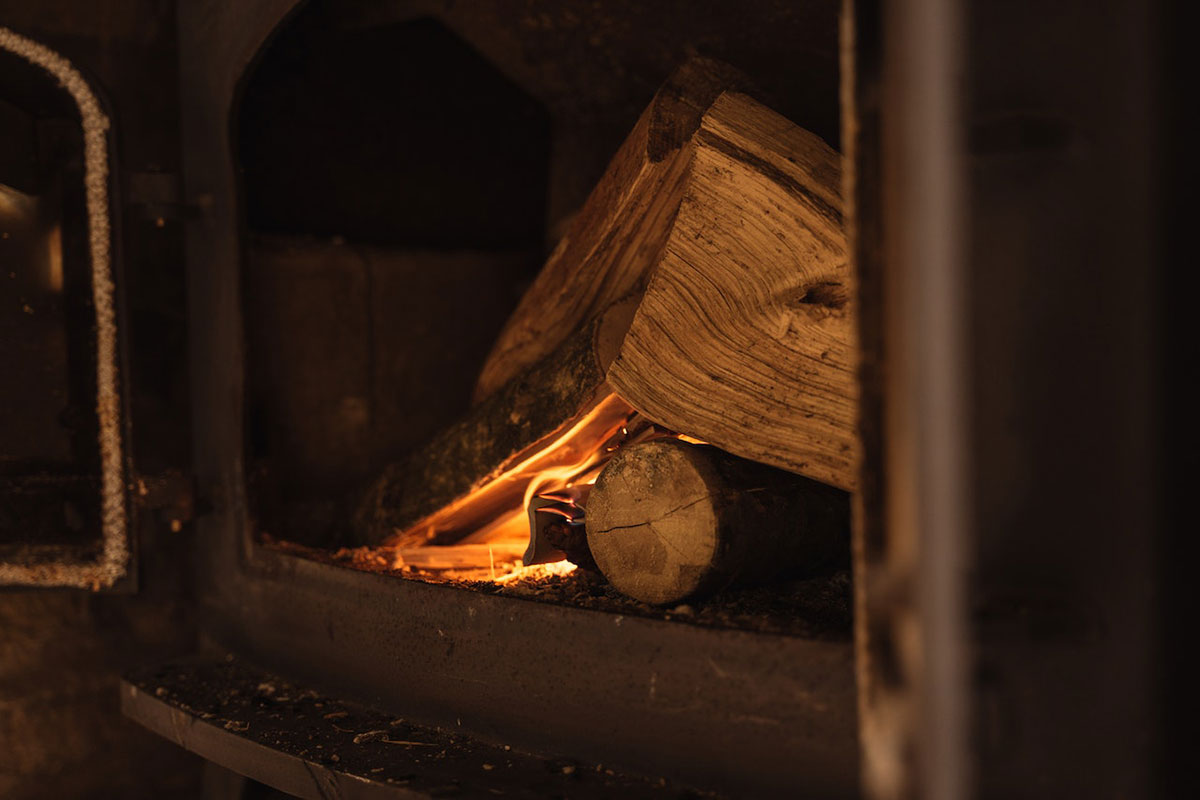Firewood serves as a valuable resource for heating your home or creating a cozy ambiance through a wood burning stove or fireplace. However, understanding the longevity of firewood is crucial, as it can significantly impact your heating efficiency and overall enjoyment.
In this comprehensive guide, we have explored various factors that influence how long a cord of firewood lasts and provided valuable tips on extending its lifespan.
Understanding Firewood Longevity
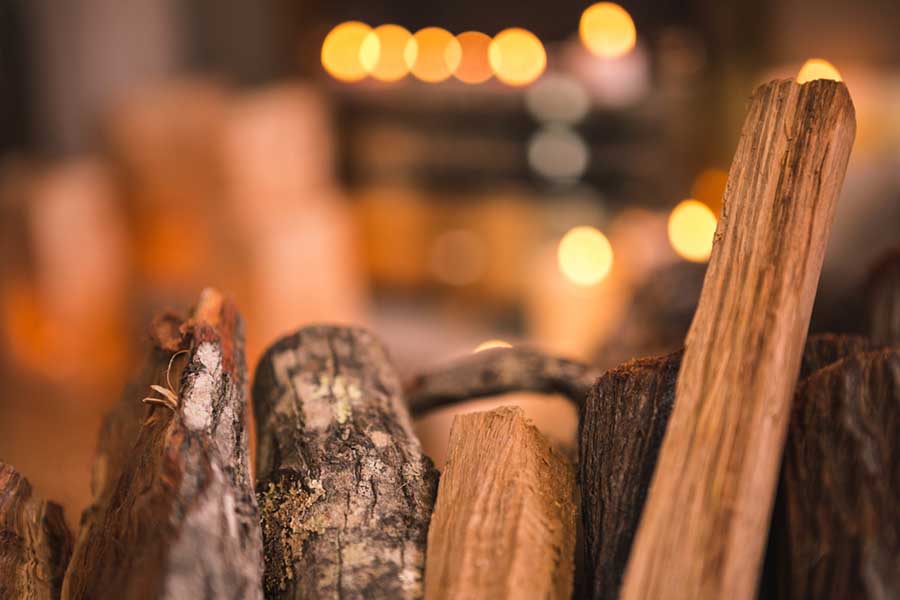
To fully understand the concept of firewood longevity, you must acknowledge that not all firewood shares the same quality. Several factors influence how long your firewood will last, and these factors can be broadly categorized into the following key aspects:
- Wood Species: The type of tree species from which the firewood is sourced plays a pivotal role in both the burn quality and longevity. Hardwood varieties like oak and maple tend to burn longer and produce more consistent heat compared to softwoods like pine or spruce.
- Moisture Content: The moisture content within your firewood is a critical factor. Well-seasoned firewood, characterized by lower moisture levels, ignites more efficiently and endures longer. Conversely, wood with a high moisture content can lead to issues such as creosote buildup and diminished heat output.
- Storage Conditions: Proper storage practices are vital for preserving firewood quality. Firewood stored in a dry, well-ventilated location will maintain its integrity far longer than wood exposed to rain, snow, or excessive moisture.
Factors Affecting How Long Firewood Lasts
To gain a deeper understanding of the factors influencing firewood longevity, let’s examine them more closely:
- Size and Splitting: The size and splitting of your firewood are critical. Wood that is cut to the appropriate size and split correctly burns evenly, ignites faster, and can extend the duration of your fire.
- Insects and Pests: Insects, including termites and carpenter ants, can infest your firewood, hastening its deterioration. To prevent such infestations, store your firewood off the ground and conduct regular moisture content, moisture meter inspections.
- Location: The local climate significantly impacts how long your firewood will last. In regions with high humidity, wood may absorb moisture more quickly, potentially shortening its lifespan.
How Can You Tell if Firewood Is Bad (Or Rotten)?
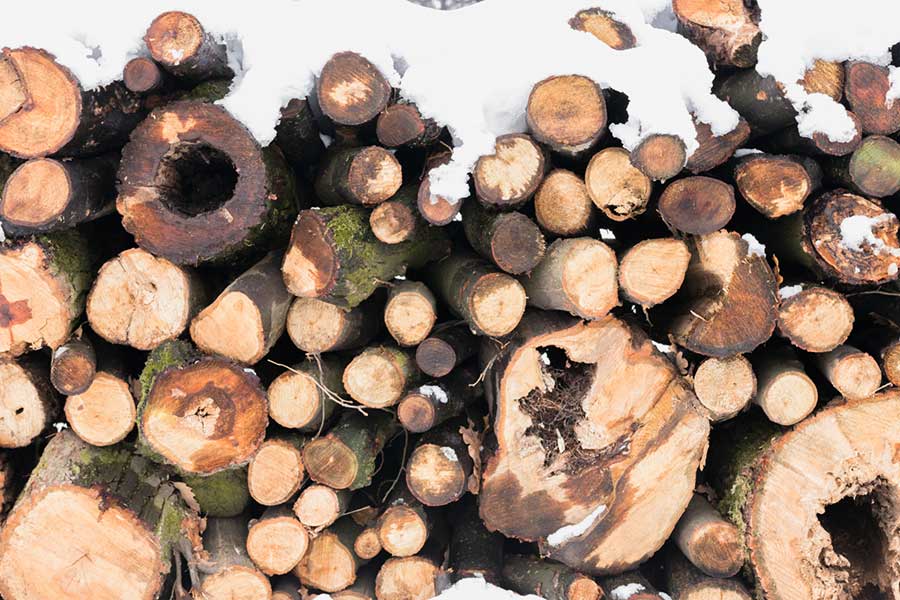
Identifying bad or rotten firewood is vital to ensure safe and efficient burning. Several telltale signs indicate deteriorating or bad firewood are:
- Soft and Spongy Texture: Rotting firewood often exhibits a soft, spongy texture that crumbles easily. This texture indicates that it won’t burn well and may be better suited for other purposes.
- Mold and Fungi: Mold and fungal growth on the wood’s surface are clear indicators of rot. Burning moldy wood can release harmful spores, making it an unsafe option.
- Insects and Woodborers: The presence of insects, woodborer holes, or insect tunnels within the wood signifies decay and potential infestation. Burning infested wood is inadvisable.
Can Dead Wood Burn as Firewood?
Dead wood from trees that have naturally fallen or been cut down can indeed be used as firewood. However, it’s essential to consider the following factors:
- Dryness: Even though wood may be dead, it can still retain moisture. Ensure that dead wood is properly seasoned, reducing its moisture content to make it suitable for burning.
- Type of Tree: The type of tree from which the dead wood comes matters. Some hardwood species can be excellent for burning, while others may not be as efficient or long-lasting.
Is It Okay to Burn Rotting Firewood?
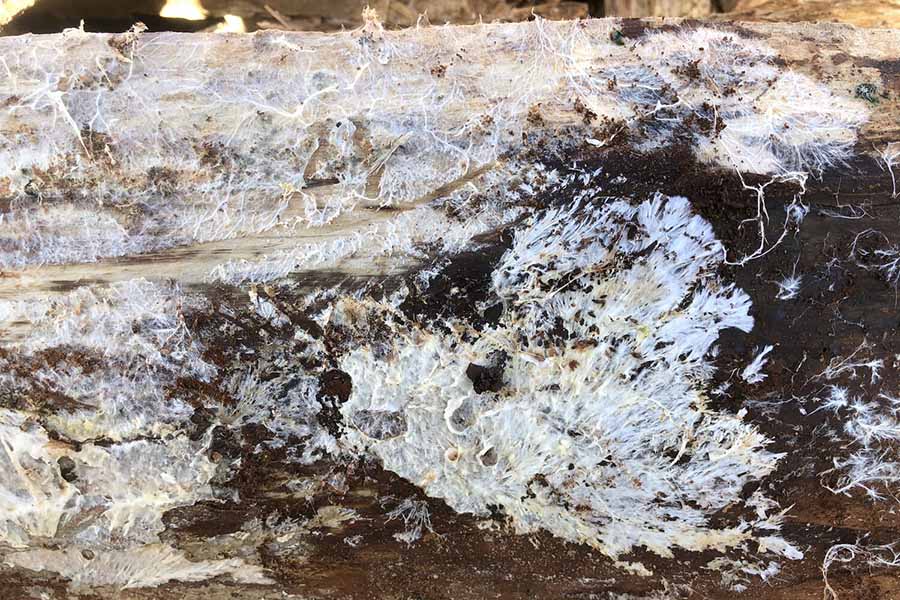
Burning rotting wood is generally not recommended. Rotting firewood tends to burn inefficiently, produces less heat, and can emit too much smoke and harmful substances, compromising both firewood dry heating efficiency and air quality.
What Do You Do With Rotten Wood?
If you find yourself with a pile of rotten wood, there are alternative uses to consider. Rotten or dry wood also can be repurposed for mulching or composting, providing value to your garden or landscaping projects while reducing waste.
Why Is It Bad to Burn Wet and Rotten Wood?
Burning wet and rotten wood can lead to several undesirable outcomes, including:
- Excessive Smoke: Wet wood produces more smoke when burned, leading to poor air quality and potential health issues, not to mention a less enjoyable fire experience.
- Creosote Buildup: Burning wet or rotten wood can result in creosote buildup in your chimney, a highly flammable substance that poses a fire hazard and requires regular cleaning.
How Long Can Firewood Be Stored?
The duration firewood can be stored largely depends on several factors, including its initial quality, storage methods, and the local climate. Properly stored firewood can last anywhere from six months to a long period of several years.
So How Do You Season and Store Firewood to Extend Its Life?
Proper seasoning and storage practices are critical to maximizing the lifespan of your firewood. Here’s a closer look at these essential aspects:
Seasoning Process: Seasoning entails drying the wood to reduce its moisture content, typically taking six months to a year, depending on wood type and local climate conditions.
Storage Tips: For optimal results, store firewood in a dry, well-ventilated area, ensuring it’s kept off the ground and protected from rain and snow. Implementing these practices will preserve the quality of your firewood over time.
Can Firewood Get Moldy?
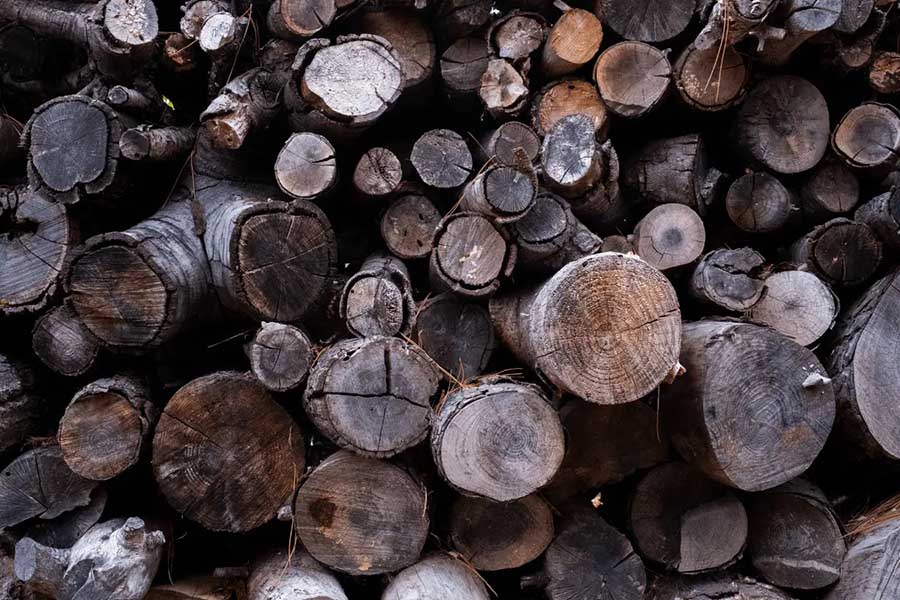
Yes, firewood can indeed get moldy, especially when exposed to moisture. Mold can grow on the wood’s surface, especially when you store it in a damp or humid environment.
Moldy firewood is not ideal for burning because when you burn it, it can release harmful spores into the air, which can be unhealthy to breathe. To avoid this issue, it’s crucial to store your firewood in a dry, well-ventilated location and keep it off the ground to prevent moisture absorption.
Regularly inspecting your own firewood pile for mold and addressing any issues promptly is essential for safe and efficient burning.
Tree Species and Their Impact on Firewood Burns
The choice of tree species for your firewood can significantly influence the quality and performance of your fires.
Different tree species have distinct burning characteristics that affect how they ignite, burn, and produce heat.
People highly value hardwood trees like oak and cherry for their ability to burn for extended periods and produce hotter, more consistent heat when compared to softwood trees like elm, pine, or spruce. Hardwoods also tend to produce less ash, making them ideal for extended burns.
Understanding the differences in tree species allows you to select the right wood for your specific heating or fire needs, optimizing efficiency and satisfaction.
Seasoning Firewood to Make It Last Longer
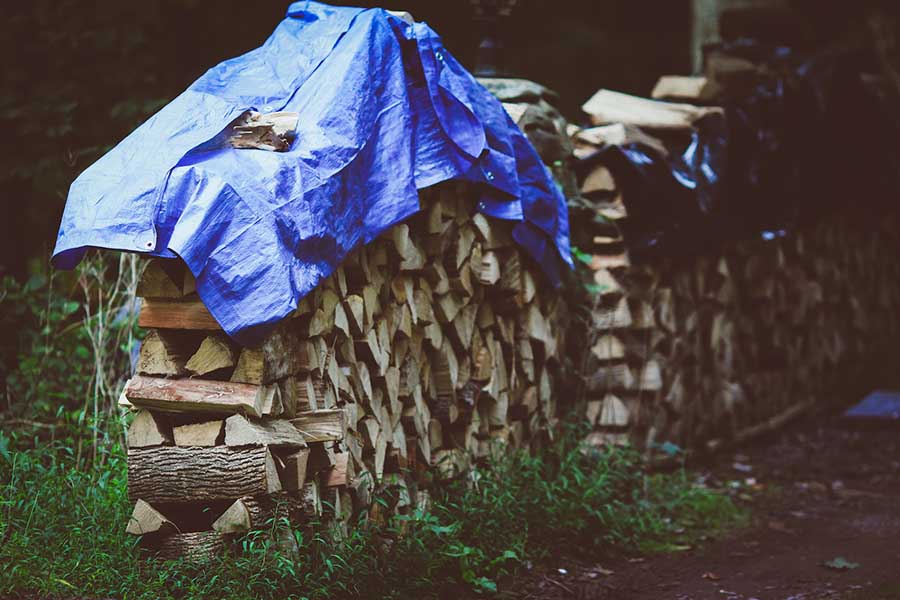
Properly seasoned firewood is essential for maximizing its lifespan and ensuring efficient burns. Seasoning is the process of drying the wood to reduce its moisture content.
Well-seasoned firewood offers numerous advantages, including increased burning efficiency, reduced smoke production, and an extended overall lifespan. The seasoning process typically takes six months to a year, depending on factors like wood type and local climate conditions.
Learning how to season firewood correctly is crucial for enjoying long-lasting, clean-burning fires.
Can You Overseason Firewood?
Yes, you can technically “overseason” firewood, but it’s not a good thing. Firewood is seasoned by drying it out, which is essential for efficient burning. However, if you let it dry for too long, it becomes overly dry and brittle.
This can lead to problems when you try to burn it because it might catch fire too quickly and not burn efficiently.
So, while seasoning is important, it’s crucial to strike more fuel the right balance to ensure your firewood remains suitable for efficient and safe burning.
How Long Does Firewood Last?
The lifespan of good firewood can vary depending on several factors. These factors include the type of wood, its moisture content, and how well it’s stored.
Generally, seasoned wood that’s stored correctly can last anywhere from six months to several years. Hardwood varieties like oak and cherry tend to last longer and provide a sustained source of heat, while softwoods like pine may burn faster.
The actual duration also depends on how much firewood or logs you use and the climate in your area. Proper storage and maintenance can help you maximize the life of the logs and your firewood supply.
Does It Have Woodpecker Holes in It?
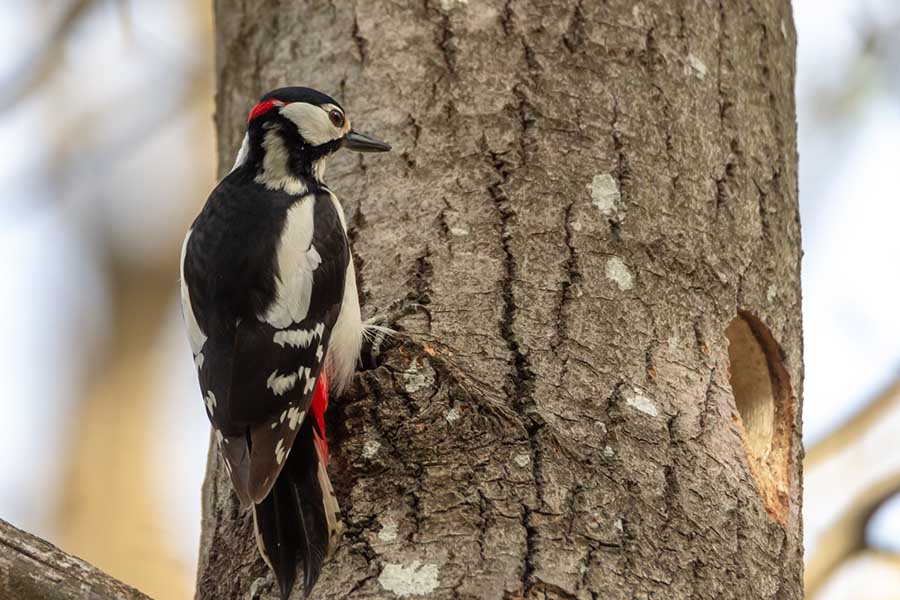
Check your firewood for woodpecker holes. Woodpecker holes are small openings created by these birds. If you find them, you might wonder if the wood is still usable.
In most cases, it is. These holes won’t harm your fire, and the wood is safe to burn.
However, if the holes in large logs are excessive and make the wood crumbly or weak, you might want to use that piece of wood for other purposes, like kindling.
Is It From a Tree That Is Dead or Dying?
Consider the source of your firewood rack. If it comes from a tree that is already dead or dying, there are a few things to keep in mind.
First, this wood may be drier, which can be good for burning. However, it can also be more brittle and prone to breakage.
Additionally, dead or dying trees are more likely to host insects, so inspect the wood carefully. If it’s in good condition and insect-free, it can make excellent firewood. However, if it’s too decayed or filled with insects, it’s best to avoid it for burning.
Conclusion
In conclusion, understanding how long firewood lasts and how to maximize its lifespan is essential for both cost-effective heating and enjoyable fireside experiences. By considering factors such as wood species, moisture content, storage conditions, and proper seasoning, you can significantly extend the life of your firewood.
Remember to inspect your firewood regularly for signs of deterioration and avoid burning rotting or moldy wood to maintain both safety and efficiency of wood stove. With the right knowledge and practices, you can make the most of this valuable resource, ensuring warm and cozy moments all year round.

